As to Parodia warasii, you can also call it Notocactus warasii or Eriocactus warasii, all are valid names.
There is no such thing as a "preferred scientific name", there are only validly published names. You are free to use the name you prefer as long as it was validly published according to the "Rules" of botanical nomenclature and others can use which name they prefer. However it is useful if we all speak the same, or a similar language when referring to plants so we all understand the plant being discussed. An instance is using common rather than Latin names for plants, which may mean nothing in another country, or even mean a different plant there. That often means using the latest classification available that is popular at the time.
Classification as to where the generic or specific lines are drawn is as much a matter of botanical opinion as provable fact and has frequently changed over the decades and will continue to change into the future. At the moment most seem to be following the Hunt classification from the New Cactus Lexicon (NCL), which was based on an IOS Working Parties deliberations. It is a "lumping" classification, largely based on morphology, being pre DNA Sequencing. Anderson's "The Cactus Family" was a forerunner of The New Cactus Lexicon, published a year or two before using the same IOS classification but which had not yet been worked up to it's final state as in the New Cactus Lexicon.
However now the "chemists" in addition to the botanists have become involved and DNA Sequencing has shown some genera Hunt lumped together in the NCL are the result of parallel ev0lution and arose from different lines, therefore do not belong in the same genus in a phylogenetic classification. One such instance is Aylostera, being historically wrongly lumped into Rebutia as it has been for many years using morphology alone. The plants simply looking similar since they ev0lved in similar habitats. See:-
http://ib.berkeley.edu/courses/ib200a/l ... cation.pdf
If the current classification is supposed to be the one everybody has to accept, then that is probably "Taxonomy of the Cactaceae" by Joel Lode, which was published after the New Cactus Lexicon and supposedly based on the latest DNA research at the time it was published, even though some morphology is still used. See review:-
https://www.cactus-aventures.com/Review ... %20CSJ.pdf
If you want to see all his changes to the New Cactus Lexicon, his synonymy is published online here:-
http://cactus-aventures.com/Taxonomy_of ... errata.pdf
There are however one or two mistakes in the synonymy to that in the final books. Probably why Lode's classification has not received such an acceptance in the "scientific world" is because he did not work at Kew as Hunt did, being an amateur who put in a lot of time studying the plants in habitat and also collating all the latest DNA data published since the NCL..
Another work published since The New Cactus Lexicon is that of Nyfler and Eggli below:-
http://docplayer.org/2656732-A-farewell ... aceae.html
In future we will probably see more changes to the classification of the Cactaceae published online or in electronic form rather than in printed book form, since these often two volume classifications are now becoming expensive to print. Both the NCL and Joel's books cost over £100+ ($125+), even secondhand when out of print.
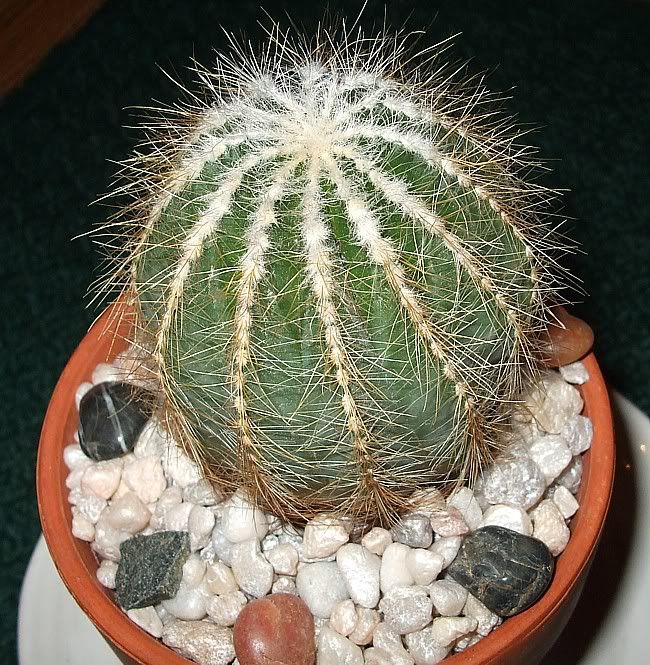
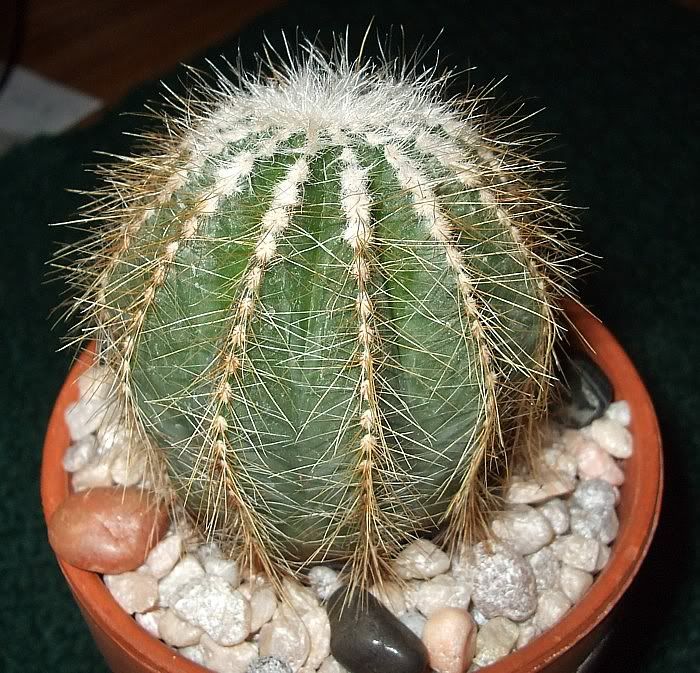







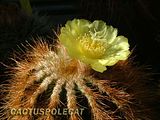
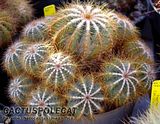


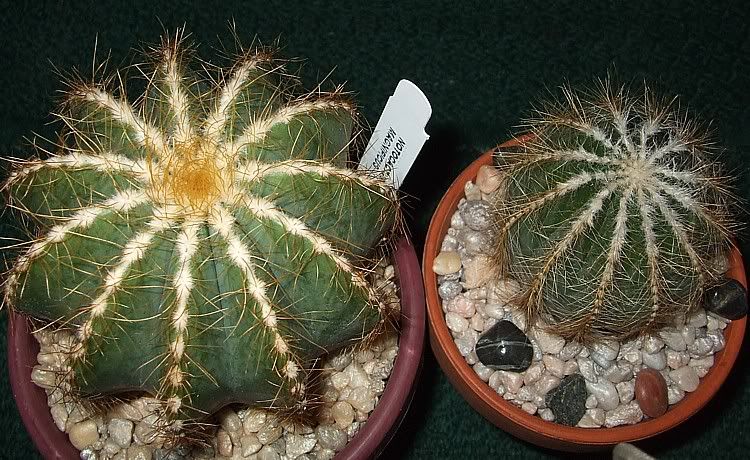
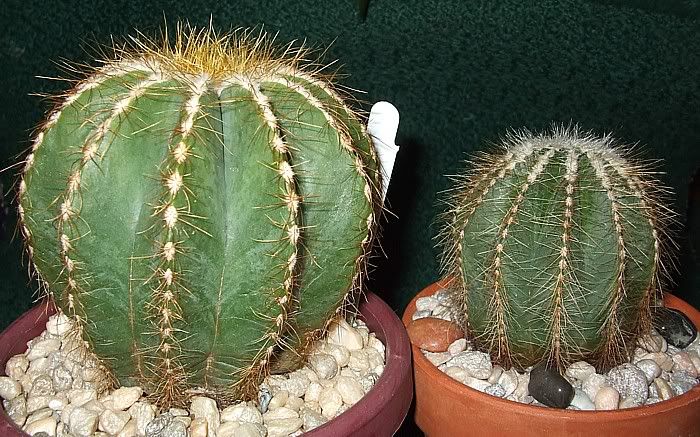
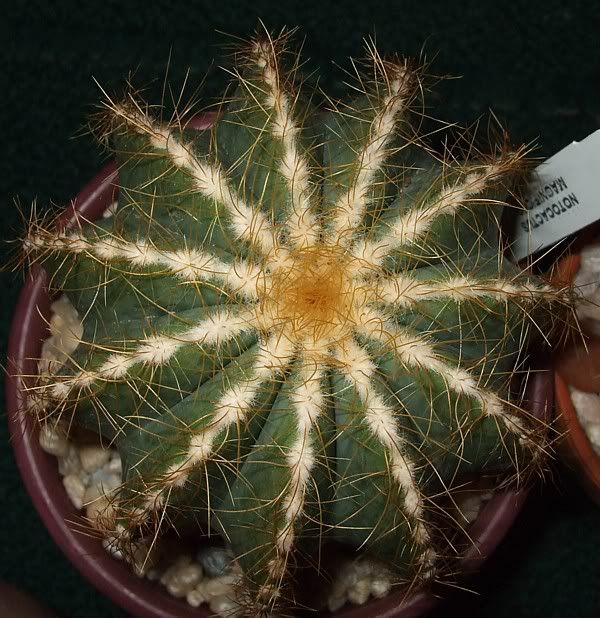
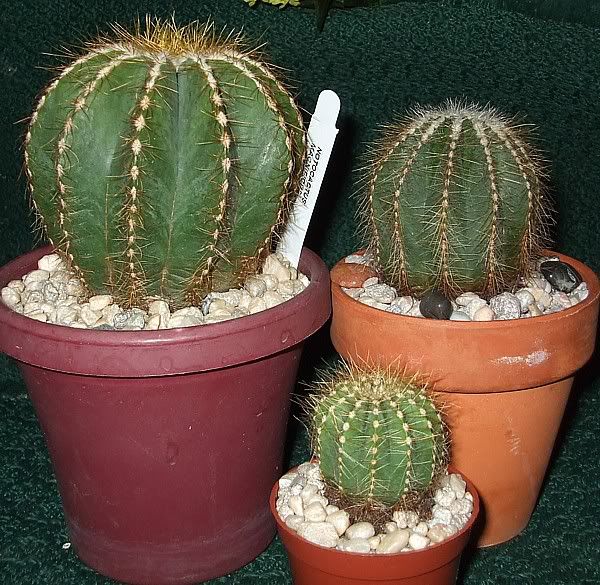
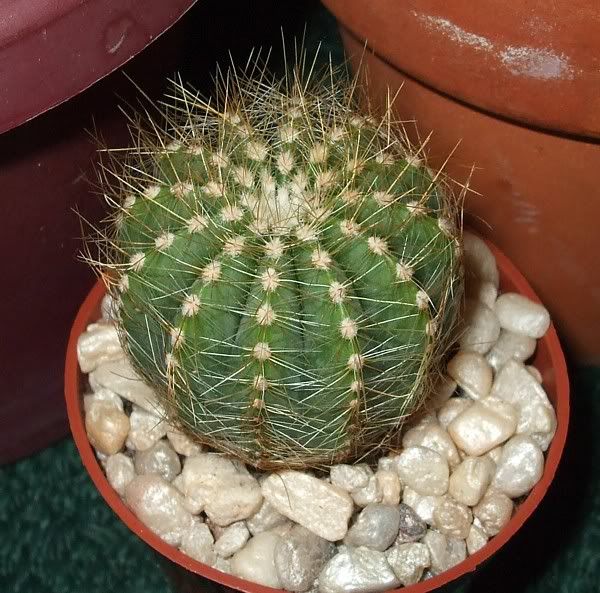


From descriptions, P. magnifica has 11-15 ribs (slightly fewer on young plants) and 12-15 spines (again fewer on seedlings). P. warasii has 15-16 ribs and 15-20 spines. There are other more subtle differences in the descriptions but these should suffice for most IDs. P. warasii has often been considered no more than a variety of P. magnifica.